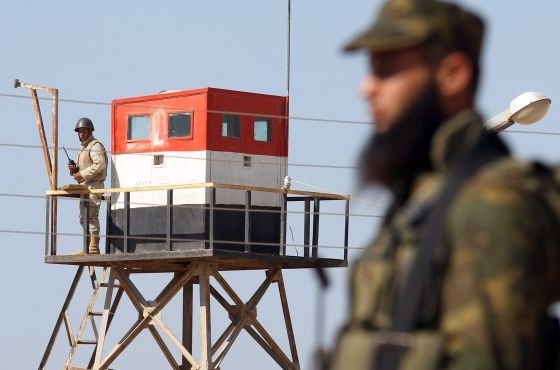The city of Rafah, which has been a part of Egypt since the pharaonic period, is to be removed from the map; its residents relocated to the imaginatively named, yet-to-be-built city of New Rafah.
Rafah is located in the Sinai Peninsula in Egypt’s northeast, straddling the border with the Gaza Strip. It is home to thousands of families, all of whom will be forcibly relocated under plans to create a “buffer zone” on the border.
